Cat fleas – how can you best recognise and treat them, and what can you do to prevent them?
Parasites such as mites, ticks and cat fleas are among the pests that prefer to attack your kitty- and cat fleas. But why is parasite protection so important when you live with a cat? The fleas are infesting your cat, not you, aren’t they? Unfortunately, you are not out of the flea business, because they also pose a health risk to you: Fleas can not only infest your pet, but can also pass from the host animal to you and make you ill.
Protect your cat and yourself:
Fight the fleas!
How can I tell if my cat has fleas?
How can you tell that a flea polka is in progress?
As fleas are very flexible and can jump high and far – not for nothing were they sought-after acrobats in the flea circus – they quickly change hosts in between, so that it is not so easy to discover fleas. Often the first thing you notice is that you have a flea! If fleas have infested your cat, there are various symptoms that indicate this:
- Itching
- Restlessness
- Skin diseases
- Coat changes
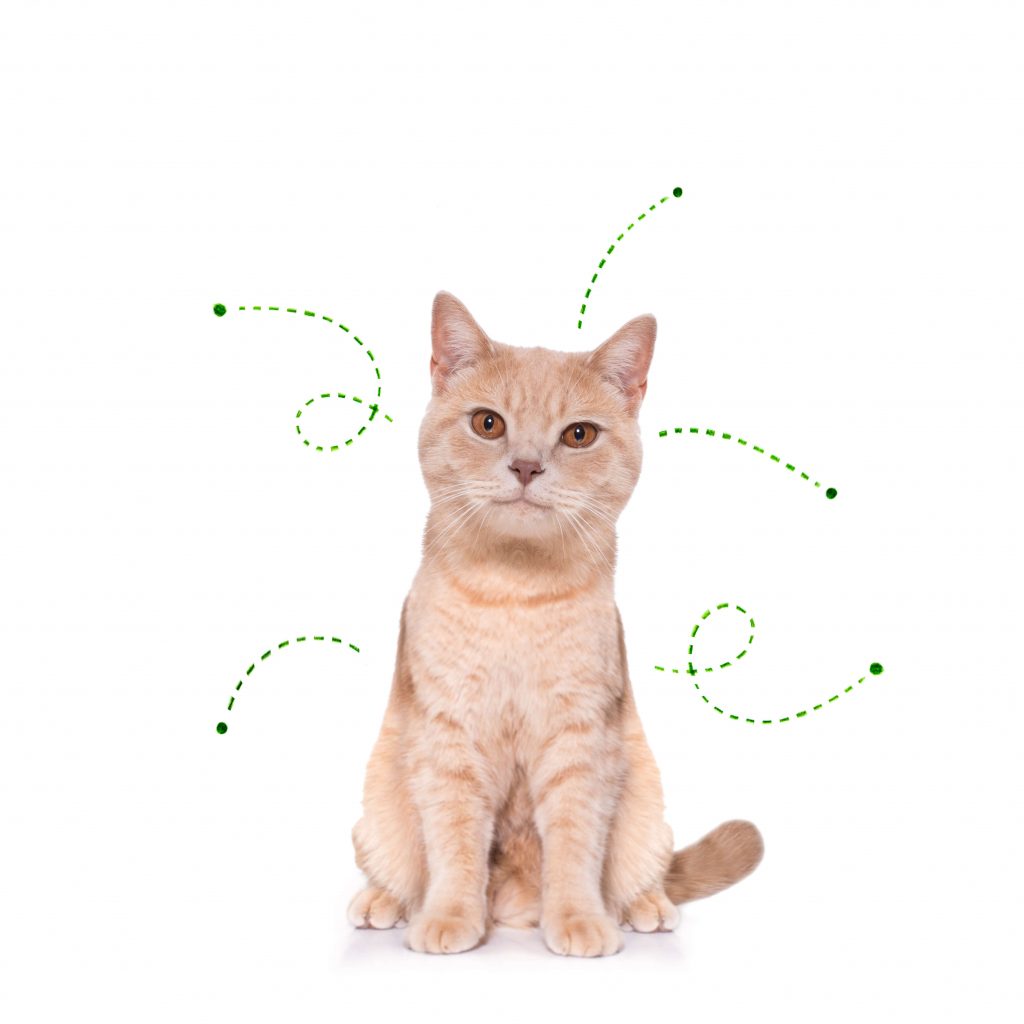
Symptoms of cat fleas
There are several symptoms that may suggest that your cat has a flea problem. The crux of the matter is that if your cat scratches itself, it doesn’t necessarily mean that a flea has bitten it! Cats are individuals, each one is different and they don’t always react the same just because they belong to the same family. Like us humans, one is sensitive, the other doesn’t itch. But if you know your cat, you will notice pretty quickly when it behaves differently.
The cat scratches itself
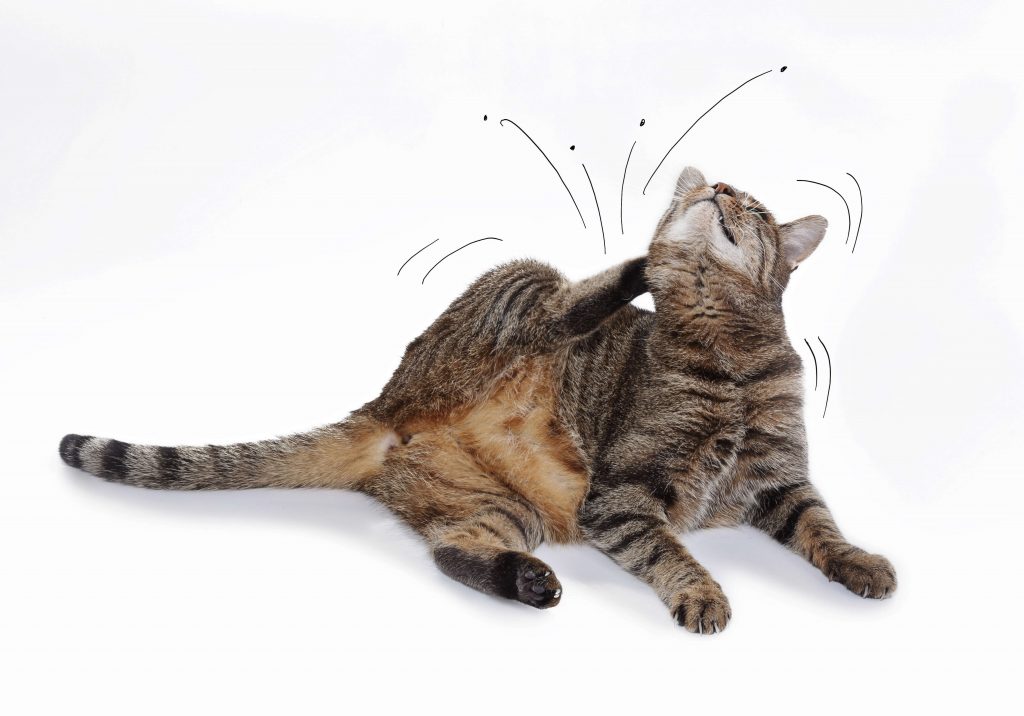
If the cat is constantly scratching, you should take a closer look. A flea usually bites several times; the skin is slightly red and inflamed at the bites. The fleas‘ saliva also irritates the skin and causes itching. Some cats are particularly allergic to flea saliva. If a cat feels that something is bothering it, it tries to get rid of it by licking and scratching these areas more often.
The cat is restless
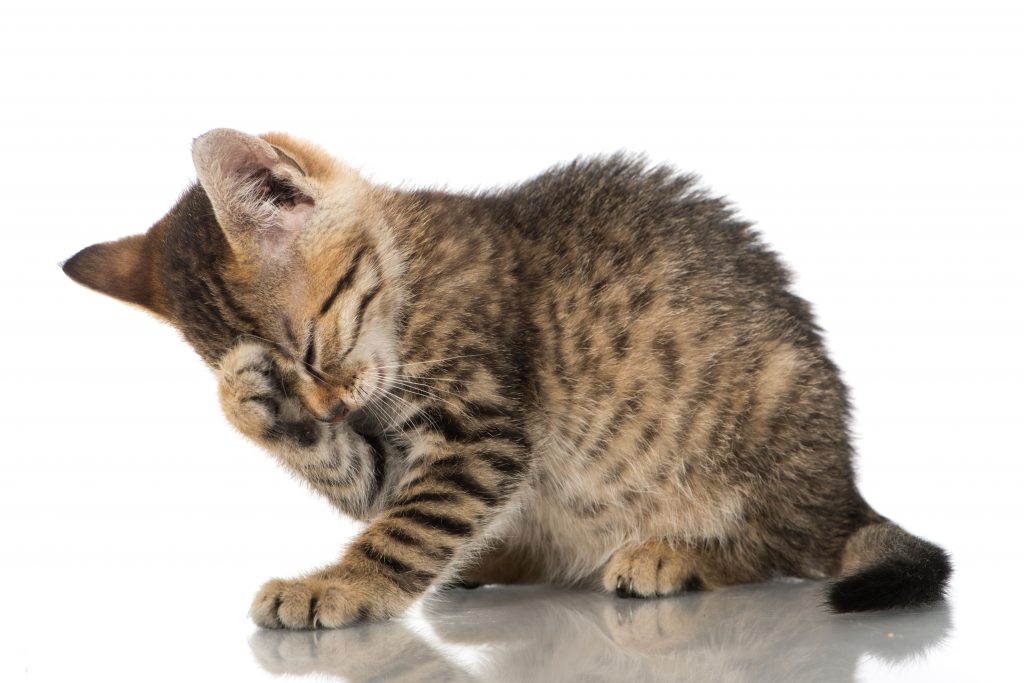
Your cat paces restlessly back and forth? Otherwise it will show you how to relax, lie deeply relaxed on its favourite spots and wouldn’t even get up if a jackhammer was raging next to it. With Flea’s lodgers, the peace and quiet is over! She has bumblebees in her butt: she jumps up all the time, pinches herself hypernervously in the most remote parts of her body and does it all the time…
Cat hair falls out or breaks off
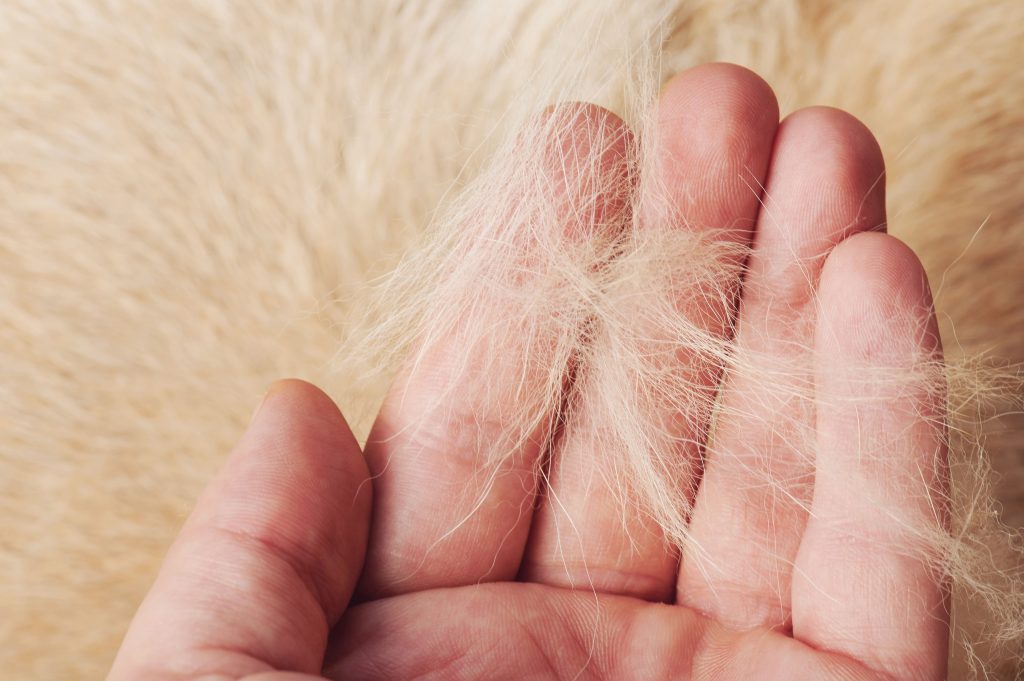
Tufts of hair all over the flat? Your velvet paw’s coat is no longer shiny and even shows bald patches? A flea infestation could be the cause of the coat problems: 11 tips for the correct care of longhaired cats | Cat’s Best In case of a flea infestation, the cat scratches itself a lot and sometimes even pulls out whole tufts of fur.
Detect cat fleas
You usually can’t tell immediately if your kitty is harbouring cat fleas. Cat fleas are very small – only a few millimetres in size. Spotting the tiny creatures in the thick fur without a magnifying glass is therefore almost impossible! They are especially hard to spot on cats with long or dark fur. The annoying bloodsuckers therefore remain undetected for a long time.
Tip:
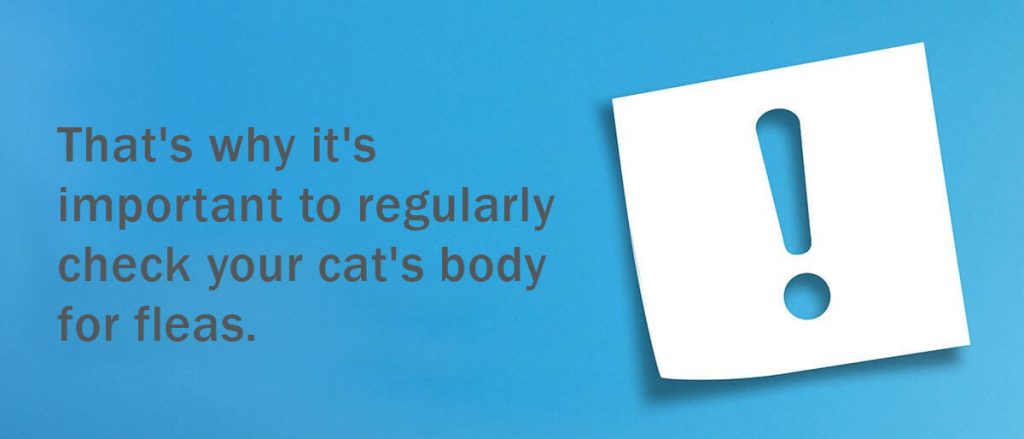
What do cat fleas look like?
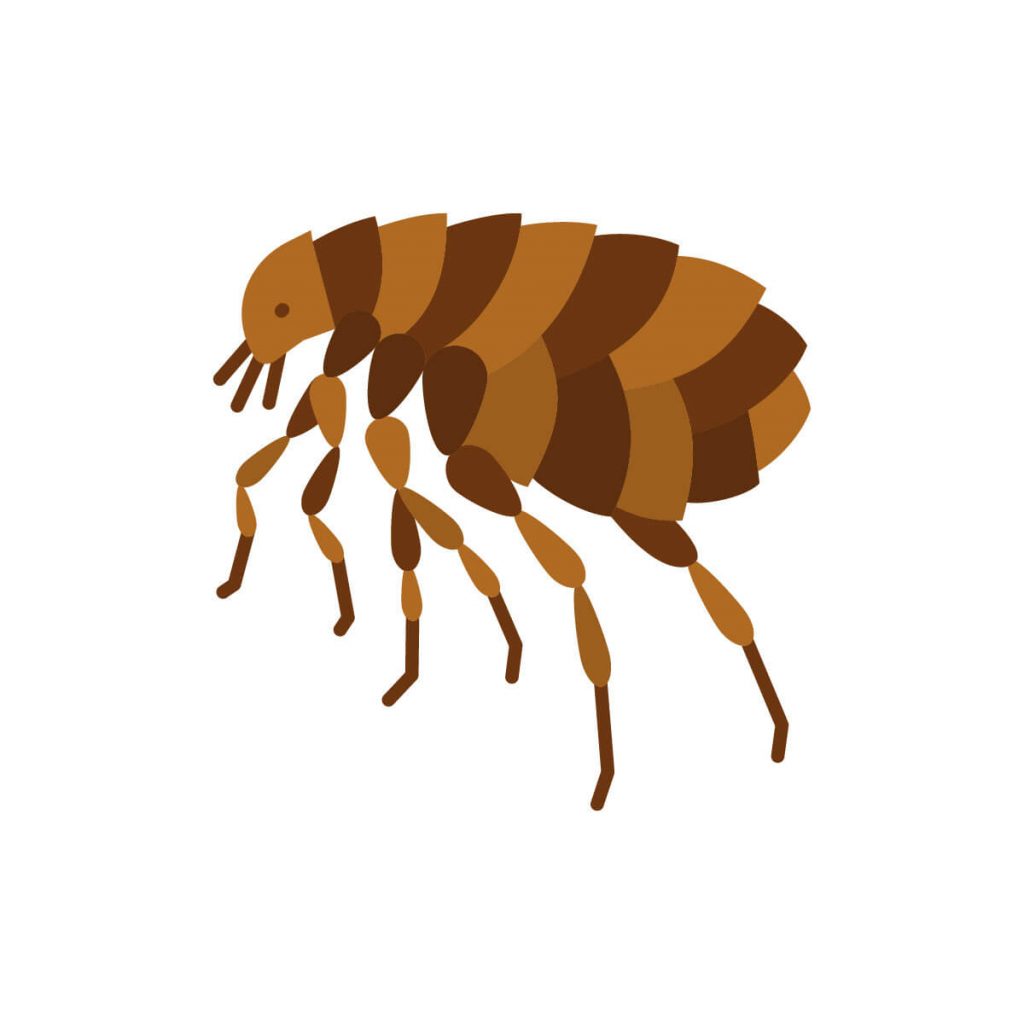
Without visual aids, you will have a hard time seeing the little vampires. Therefore, here is a short profile of the cat flea: Adult fleas have a thin, flat brown body, which is up to 2.5 mm long (the females are longer than the males) and is carried by six legs. They do not have wings. With their leap-powerful knuckles, they can jump extremely high and so far that – even without flying – they can casually reach another host on foot!
Detect cat fleas with flea comb
Finding fleas is like looking for a needle in a haystack. But there are tools that can help you find cat fleas: with a flea comb you can – literally – track down cat fleas. Comb the cat’s fur systematically – especially around the neck and at the base of the tail, which is where fleas prefer to settle! Like a farmer ploughing a field, one plot at a time. Then empty out the “prey” on a light-coloured surface; if you find small brown-black crumbs, they could be flea droppings!
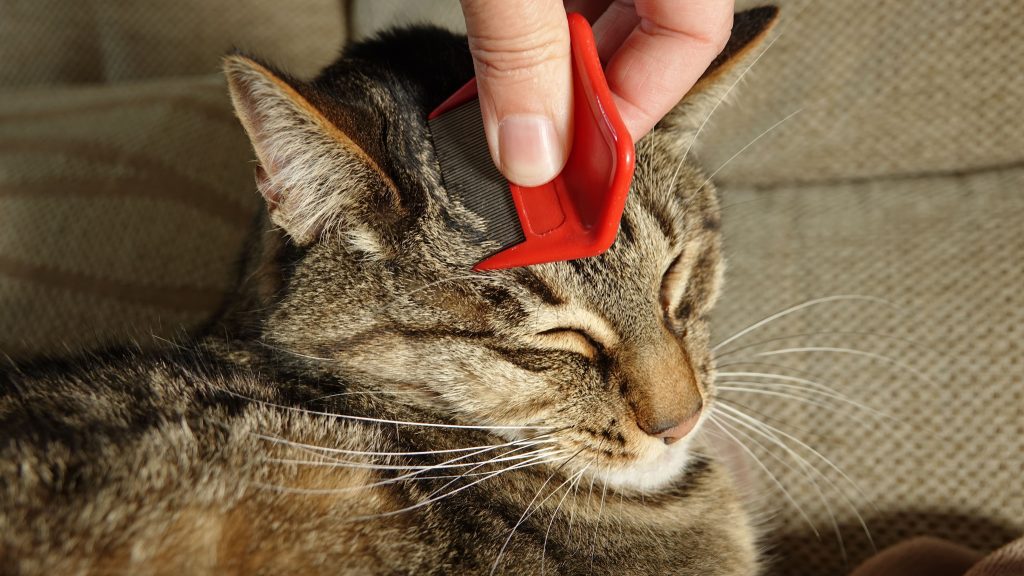
Control cat fleas
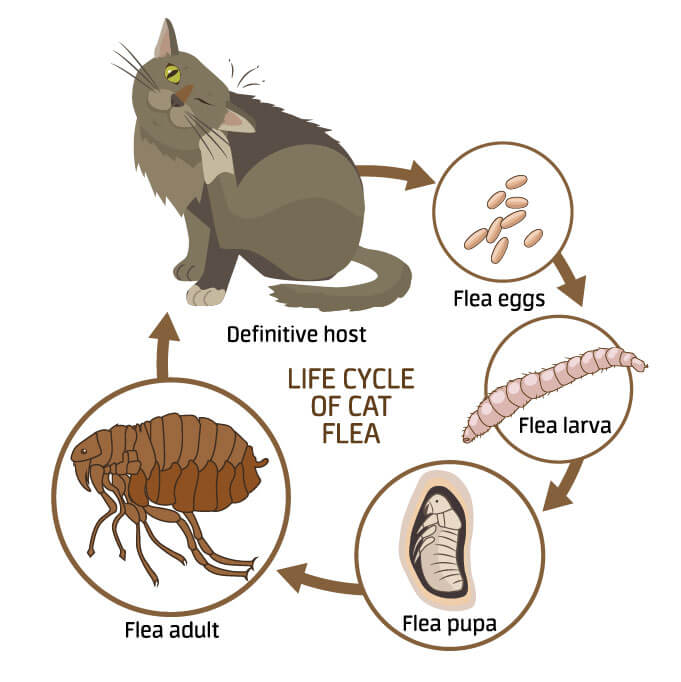
You should definitely get rid of cat fleas as soon as possible! Cat fleas reproduce rapidly: the eggs laid in the cat’s fur quickly become larvae, then pupae and from these the next generation of cat fleas.
Therefore, quick action is called for! When cat fleas are on the loose, they put a strain on your cat’s health. Apart from the fact that parasites can be extremely annoying for the cat, they can transmit diseases to their cat host: every day you wait, the risk of a secondary disease increases.
ATTENTION: Please do not use flea products for dogs with permethrin for cats.
They are harmful for cats!
When should you go to the vet for cat fleas?

To combat cat fleas professionally, you should always consult your vet: He knows your cat and can best assess which products should be used on her and what she tolerates well. He will examine her, see how far the flea infestation has progressed and give your cat something to make her feel better. Often the skin is inflamed from all the scratching or flea bites – a doctor can treat this immediately and relieve the pain and itching.
Get a remedy against cat fleas from the pharmacy

Some vets will give you the appropriate medication against cat fleas when you bring your cat to the vet. The medication is then added to the bill or you pay for it before you go home with your cat. If your vet recommends a particular product that they don’t have in stock, you may need to collect the product – liquid, collar, solution, spray or tablets – from a pharmacy. If it is a prescription product, they will give you a prescription for it.
Note: When a veterinarian writes a prescription, it is usually valid for three months. – unless he notes a different date!
Worming cure after flea infestation
Regular worming against roundworms and tapeworms is a must for cats anyway – but it is mandatory after a flea infestation, because fleas can transmit worms. If your cat is harbouring worms, you won’t see them at first. They are well hidden in the cat’s body. Fleas mainly transmit tapeworms to cats. The top ten tapeworms in cats is the cucumber seedtapeworm (also called pumpkin seed tapeworm) – a cute name, but not at all a nice contemporary!
Flöhe bei Katzenbabys – was gilt es zu beachten?
Of course, kittens have different requirements than adult cats:
Kittens: What you need to consider when buying and raising them | Cat’s Best If they are infested with fleas or you want to avoid that it comes to that, you should definitely ask your vet which flea medication you can use, because many medications against fleas, which are no problem for adult cats, cannot be tolerated well by kittens. Get advice on what is suitable for your kitten and easy to use. Let them show you how best to use or apply the medication so that nothing goes wrong and the little crumb feels comfortable. Don’t forget to make your other animal roommates and the living environment “flea-free”.
Are fleas in cats transmissible to humans – and what do you have to do if you find fleas in your home?
Can fleas be transmitted from cats to humans and is this dangerous? Fleas are not to be trifled with, as they can transmit diseases that are also dangerous for us humans. Since humans don’t top the flea rankings as hosts – not much dense fur for laying eggs – they are usually only visited as an “interim solution”; but we bipeds are still not safe from them: once they get into our living space, they like to settle down.
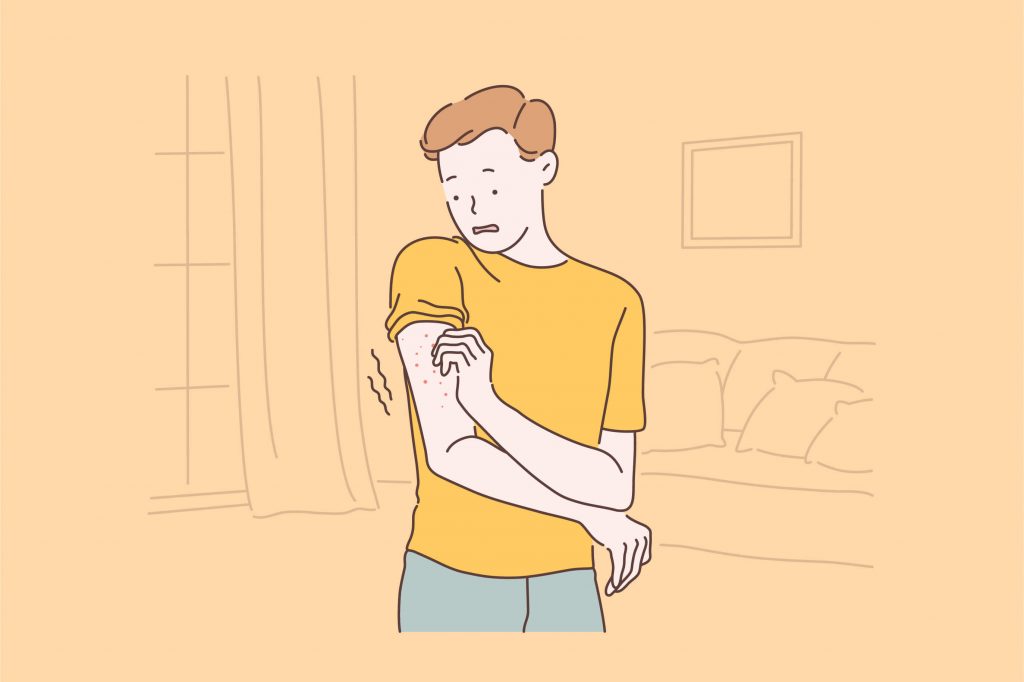
Control cat fleas in the home
Fleas like to spread throughout the living space to lay their eggs and multiply. Especially popular are places and corners that offer perfect cover for the eggs: Carpets, cushions, upholstery – and your kitty’s favourite cosy spots. But no matter where you have discovered fleas – to get rid of them again you have to do a complete basic cleaning and disinfection. Special products are available in specialised shops that not only kill the fleas but also their offspring – eggs and larvae.
Prevent cat fleas
You can prevent cat fleas. Check your cat’s coat regularly. Especially if she has been outside for a long time, do a thorough body check. Also inspect the areas that are not immediately obvious. You can combine this with petting, which will make it a pleasant feel-good act during which your cat will be happy to stay still. And then there are remedies available in specialist shops or pharmacies to deter cat fleas. However, before you simply try out a product, you should check with your vet first.
Flea collar for cats
A flea collar for cats is supposed to help against cat fleas. It contains artificial or natural substances that are supposed to deter cat fleas from finding the cat attractive as a host. The catch: collars for cats are problematic. For stoic cats, no problem. But many conspecifics get rid of the annoying part at the next opportunity and – in the worst case – injure and strangle themselves with a collar. There’s a remedy for every parasite – you want to take this opportunity to find out what helps against ticks? – You can find it here:
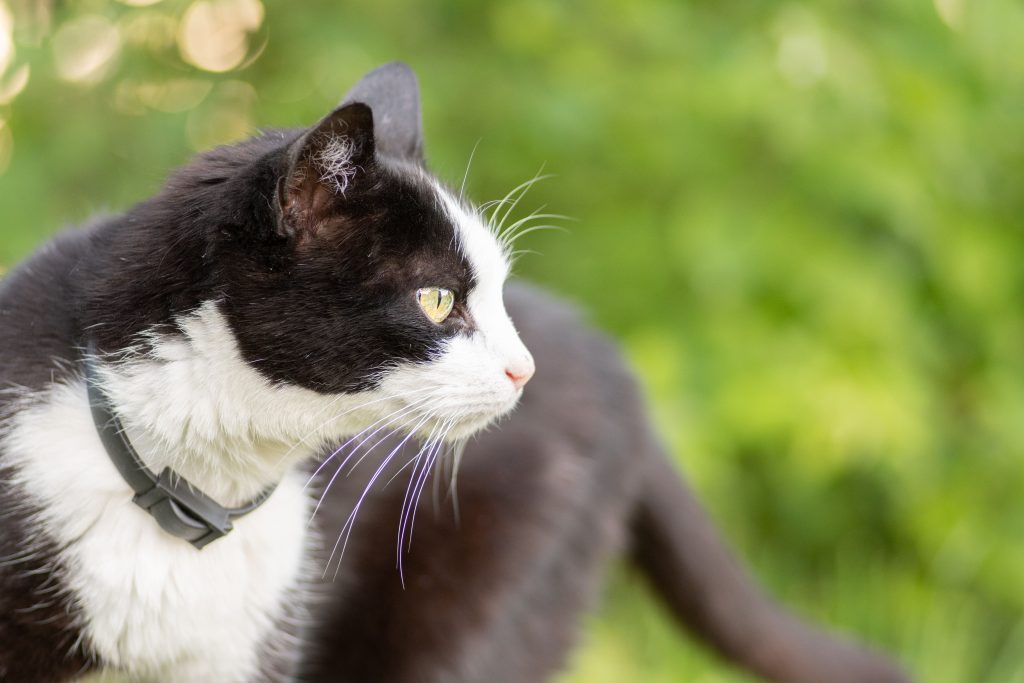
Do home remedies help against cat fleas?
Some cats are allergic to chemical products against cat fleas.
You should switch to natural alternatives.
Tip: Home remedies that cat fleas do not find so fragrant are for example
- Vinegar
- Eucalyptus
- Diatomaceous earth
- rosemary
- Tea tree oil
- Lemon

Lemon to deter fleas in cats

How does lemon as a protection against cat fleas work? Cut open a few lemons (maximum three), boil the citrus fruits in water and strain them. Then let the brew cool and pour it into a spray bottle. Lightly spray the cat’s coat with the lemon water and then comb it well. Do take care that none of the water gets into the cat’s eyes when spraying!
Apple cider vinegar against fleas in cats
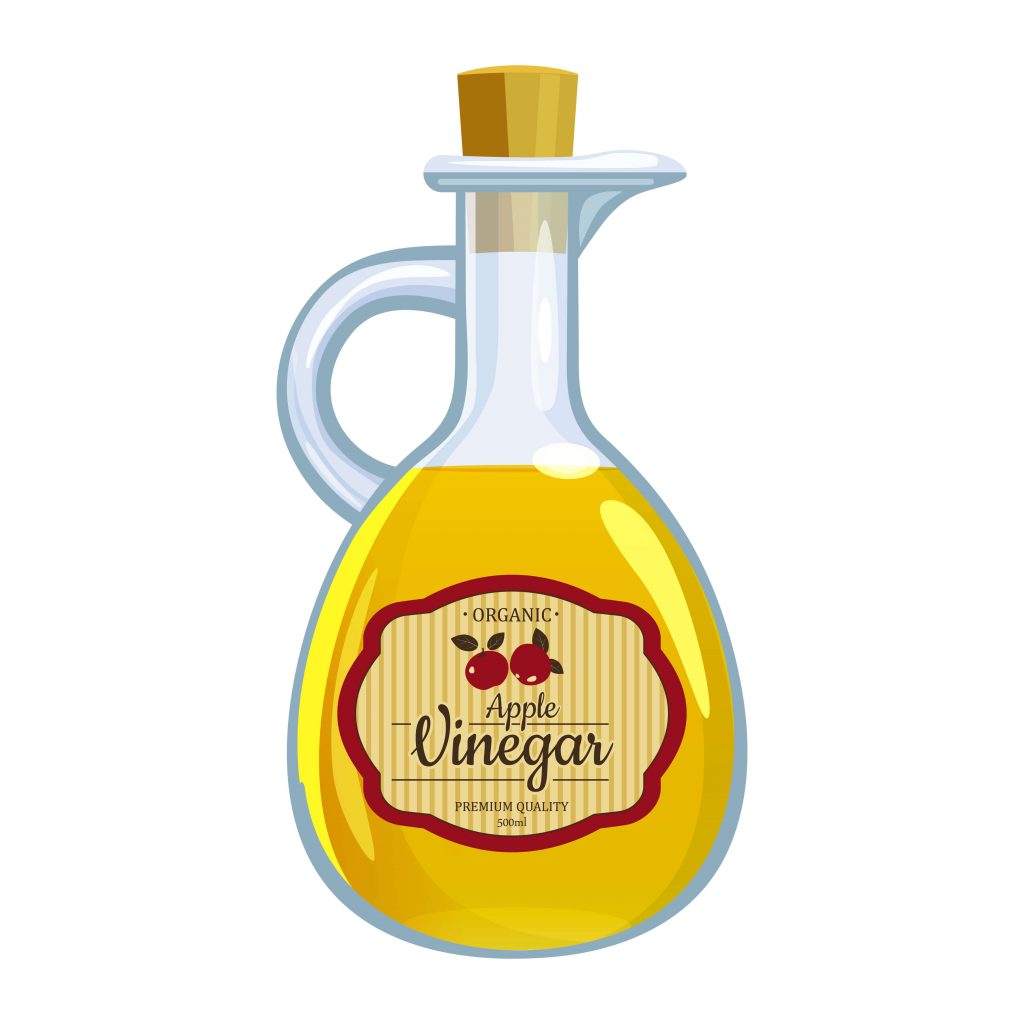
You can also try apple vinegar against fleas. The smell of vinegar is also bad for fleas! Mix vinegar and water in the same ratio: three espresso cups of vinegar to three espresso cups of water; pour the mixture into a clean spray bottle and be careful not to splash the eyes of the furry nose. Then comb again and you’re done.
Coconut oil against fleas in cats

Coconut oil is a natural remedy because it contains a certain acid that deters and fights fleas. It is best to get a high-quality natural coconut oil, preferably with a certified organic label. Rub a small amount into your hands and apply it to your pet’s coat.
Prevent cat fleas in the home
You can prevent cat fleas in your home if you regularly carry out a deep pore cleaning. This includes vacuuming with a vacuum cleaner that also removes pet hair. Also thoroughly clean the couch, cushions, blankets – and don’t forget your cat’s favourite places: put cuddly cushions in the washing machine with hygienic detergent. Of course, you shouldn’t leave the usual “suspects” – litter tray, food bowls – to their own devices:
